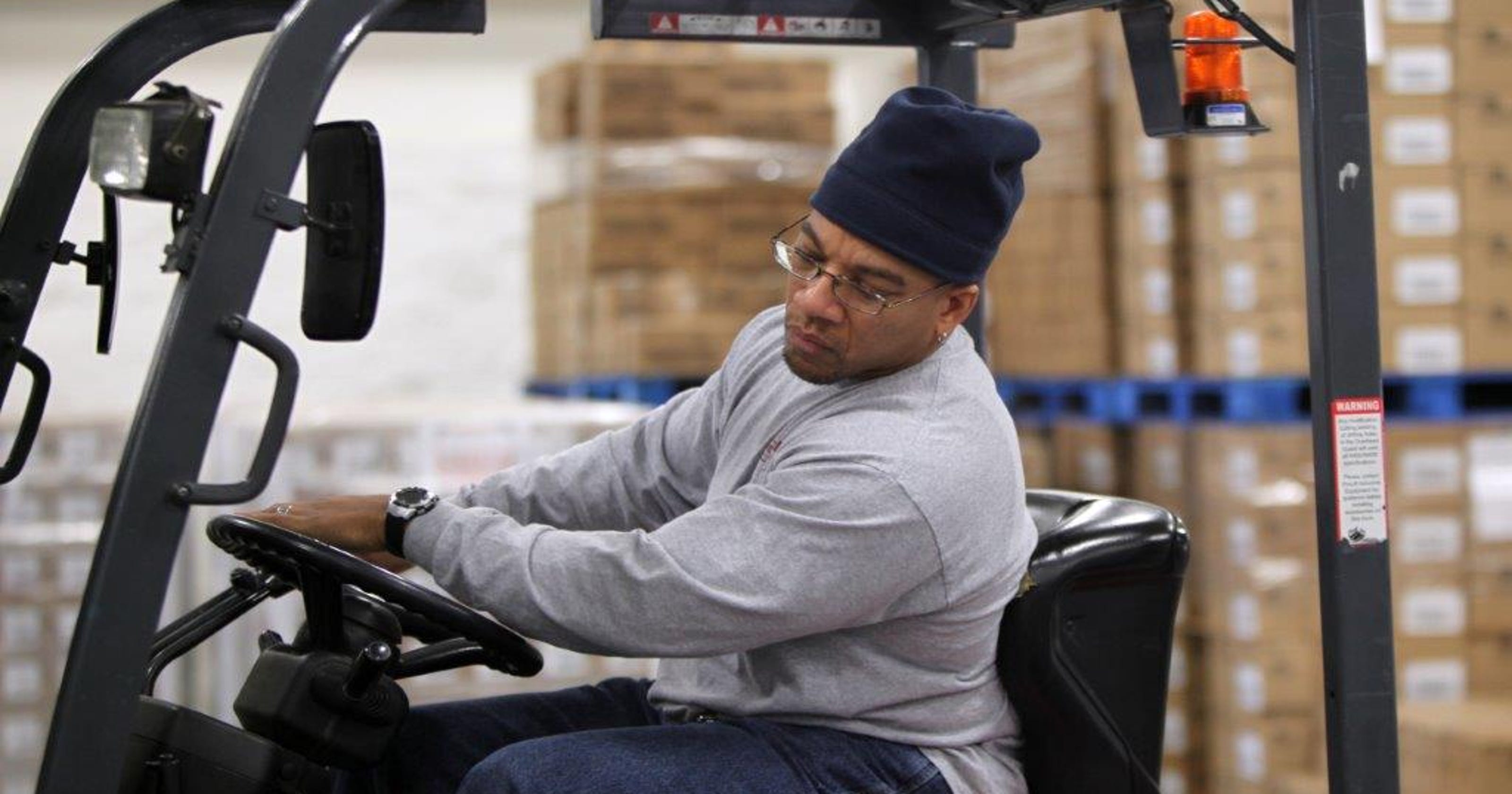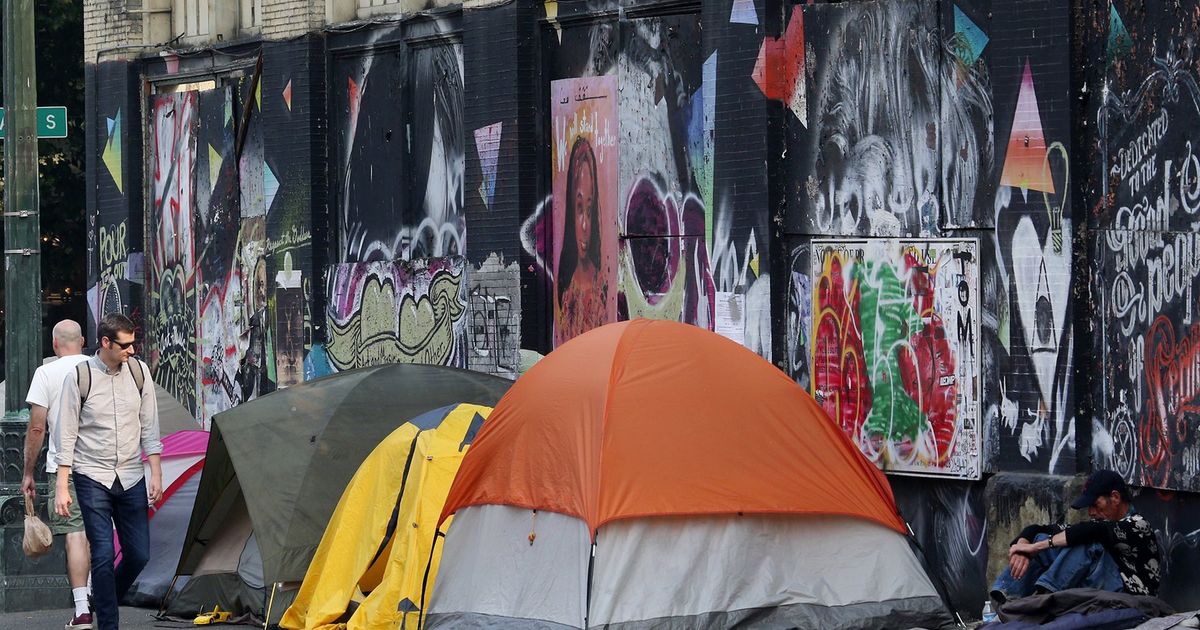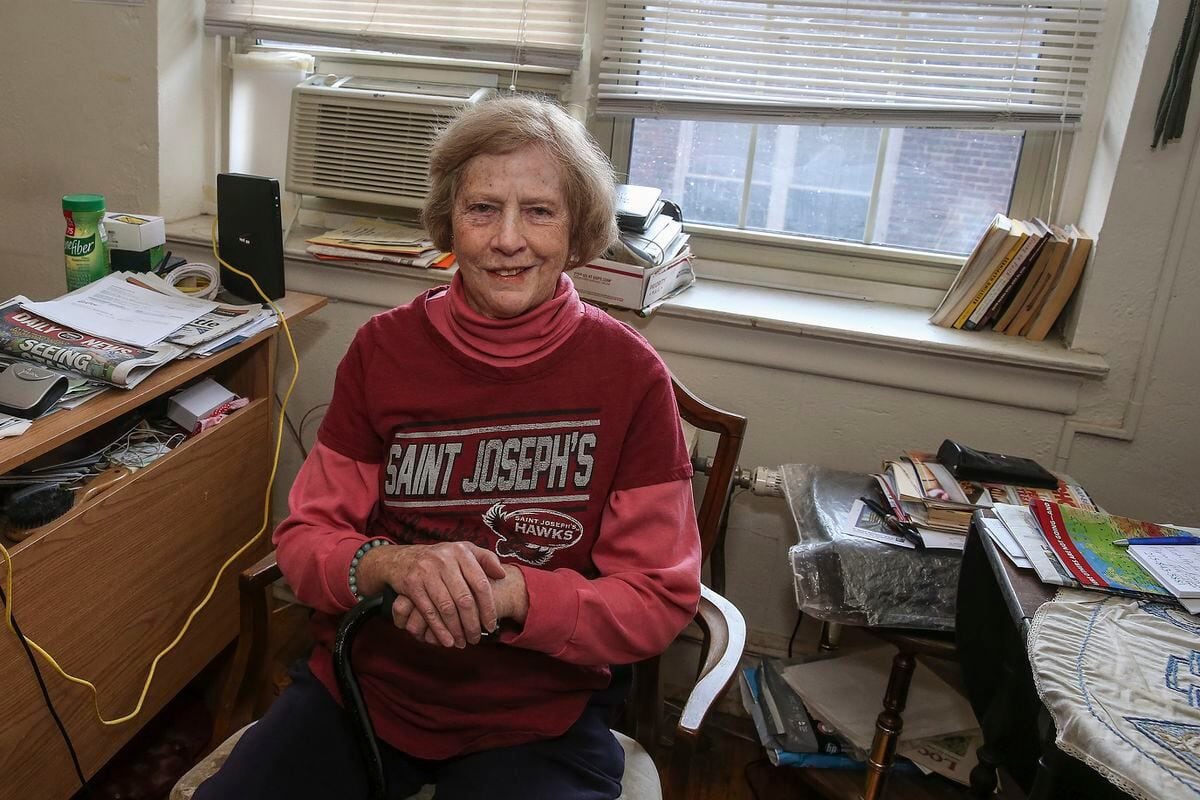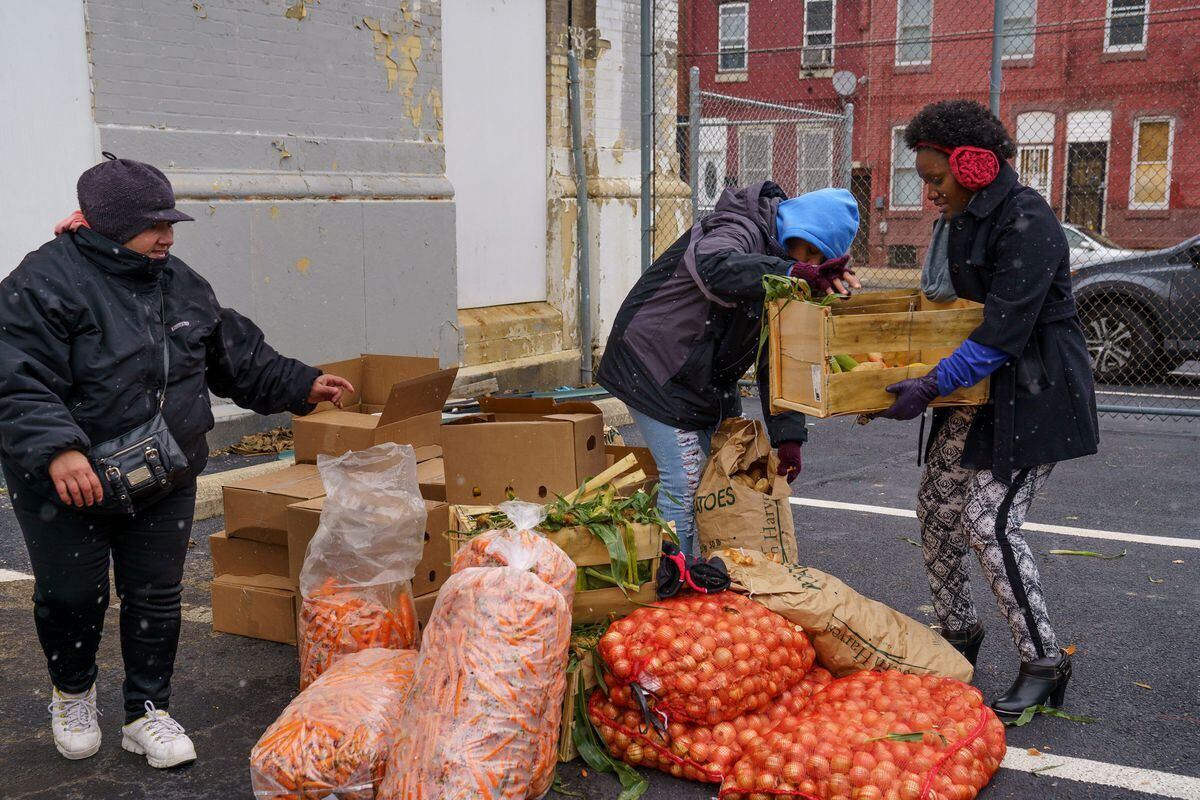Colorado is one of four states in the country housing two-thirds of homeless families with children, according to a new report issued by the U.S. Department of Housing and Urban Development on the …
“This is something that school districts are just going to have to plan for,” says an education official in Washington state, which is proactively helping these students succeed and secure housing.
One-third of all Fresno CA Unified School District students come from poverty. And the San Joaquin Valley has the highest numbers of school districts with poverty levels reaching 40 percent.
State task force makes recommendations to help legislature change education policy.
Manufacturing executive pledges five years of support for collaborative plan to help workers overcome barriers, stay on the job, advance to stability
Despite millions being spent to help, Seattle’s homelessness went up 4 percent in 2018. Washington state’s number of people living homeless was up 5.6 percent — more than any state, save Massachusetts, New York and Texas.
A federal report released Monday provides a possible glimmer of hope for the homeless crisis that has gripped many cities up and down the West Coast.
West Virginia serves as harbinger of health woes: overdoses, suicides, obesity and sinking life expectancy
Research drives home dramatic differences in anticipated lifespans based on geography, even among people who sometimes live just across the street.
Expansion would extend benefits to 91,000 in Idaho, 90,000 in Nebraska and 150,000 in Utah.
The Senate passed the most substantial changes in a generation to federal prison and sentencing laws. The House will follow, and President Trump is expected to sign it.























